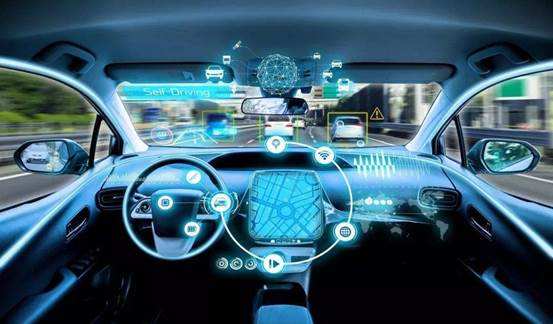Internet of Vehicles, called IoV (Internet of Vehicles) in English, is a type of Internet of Things (IoT).

How convenient is our life now? Almost all problems of food, clothing, housing and transportation can be solved without leaving the home through the Internet. On the basis of the Internet, smart, connected Internet of Things is enough to make our lives more convenient and superior.
The main factor that makes this possible is the Internet. The most representative of the Internet of Things era is the Internet of Vehicles. The Internet has allowed us to enter the era of the Internet of Things. The Internet of Things is based on the Internet, traditional telecommunications networks and other information carriers, allowing all common physical objects that can be independently addressed to achieve interconnection and interoperability. It can be said that the Internet of Things is the third wave of the development of the world information industry after computers and the Internet.
Therefore, more and more industries and enterprises are investing in the innovation of Internet of Things technology. Therefore, a more advanced and efficient network environment has become a technological highland for countries and regions to compete for development, so 5G came into being. International consulting firm Ernst & Young expects that by 2025, China’s 5G subscribers will reach 576 million, accounting for more than 40% of the global total; China’s 5G capital expenditure will reach 1.5 trillion yuan (about 223 billion US dollars).
Among the many IoT industries, one of the more successful ones is the Internet of Vehicles. Smart cars based on the Internet of Things are beginning to enter people’s lives with the breakthrough of various technologies. In addition to the autonomous driving technology that has been sizzling, many functions have been successfully applied to automotive products. For example, through voice recognition, you can open the skylight or play music according to the instructions. Through facial recognition, you can judge whether you are driving fatigue according to the number of blinks and yawning of the driver. Through infrared sensing, you can get information such as vehicle position, driving speed, surrounding environment and obstacles, automatically decelerate or avoid… These high-tech technologies that were only seen in science fiction movies have gradually entered our lives. .
The Internet of Vehicles market is a relatively mature IoT application area. There have been industry predictions that the global car network is expected to exceed 100 billion euros in 2020. And 5G will become an important condition for realizing the Internet of Vehicles. 5G technology will be the core to accelerate or fully realize the benefits of self-driving cars.
Qualcomm said that by 2035, 5G will create more than $2.4 trillion in total economic output for the automotive industry and its supply chain and customers – almost one-fifth of the expected 5G global economic impact.
5G is an indispensable part of future connected cars and autonomous vehicles. With the addition of 5G technology, mobile technology will become a general technology (GPT) in the automotive industry. It will help increase productivity and sales value, improve user experience and environmental quality, reduce traffic accidents and reduce mortality. It will also change the traditional model of car use, possession and transportation itself.
The evolution of “networked cars” supported by 5G brings opportunities and challenges to traditional automotive industry participants, content developers and software technology companies. From the side, 5G will transform the car manufacturer’s business and expand the car entertainment and productivity tools market, which will enable content and software technology companies to benefit more.
In terms of cost, 5G will affect the “application sector” and customers of the automotive industry: 5G-supported autonomous vehicles will have significant benefits in industrial and commercial applications. Ultra-reliable 5G communications will increase the operating time and reduce the cost of unsupervised equipment.
